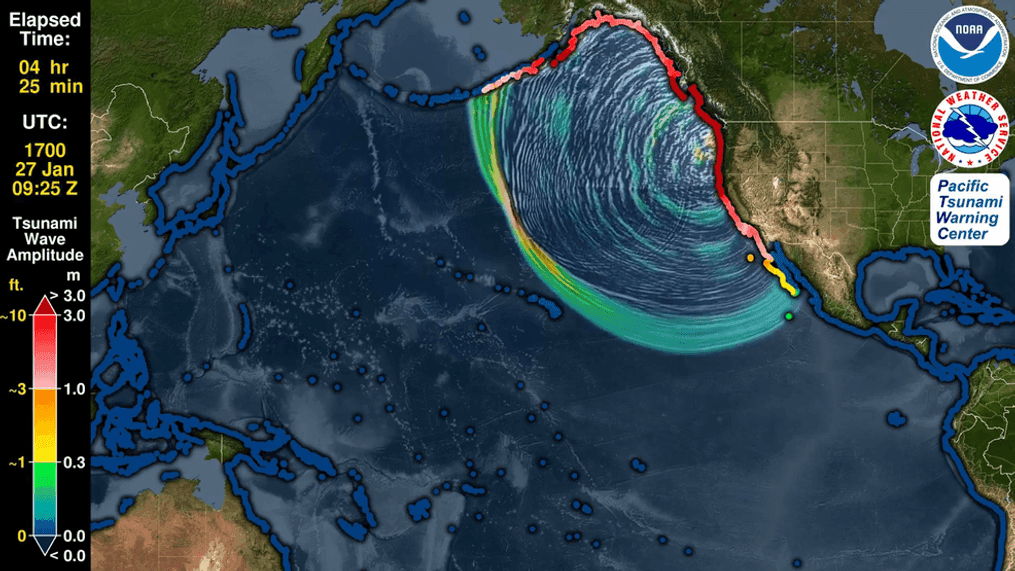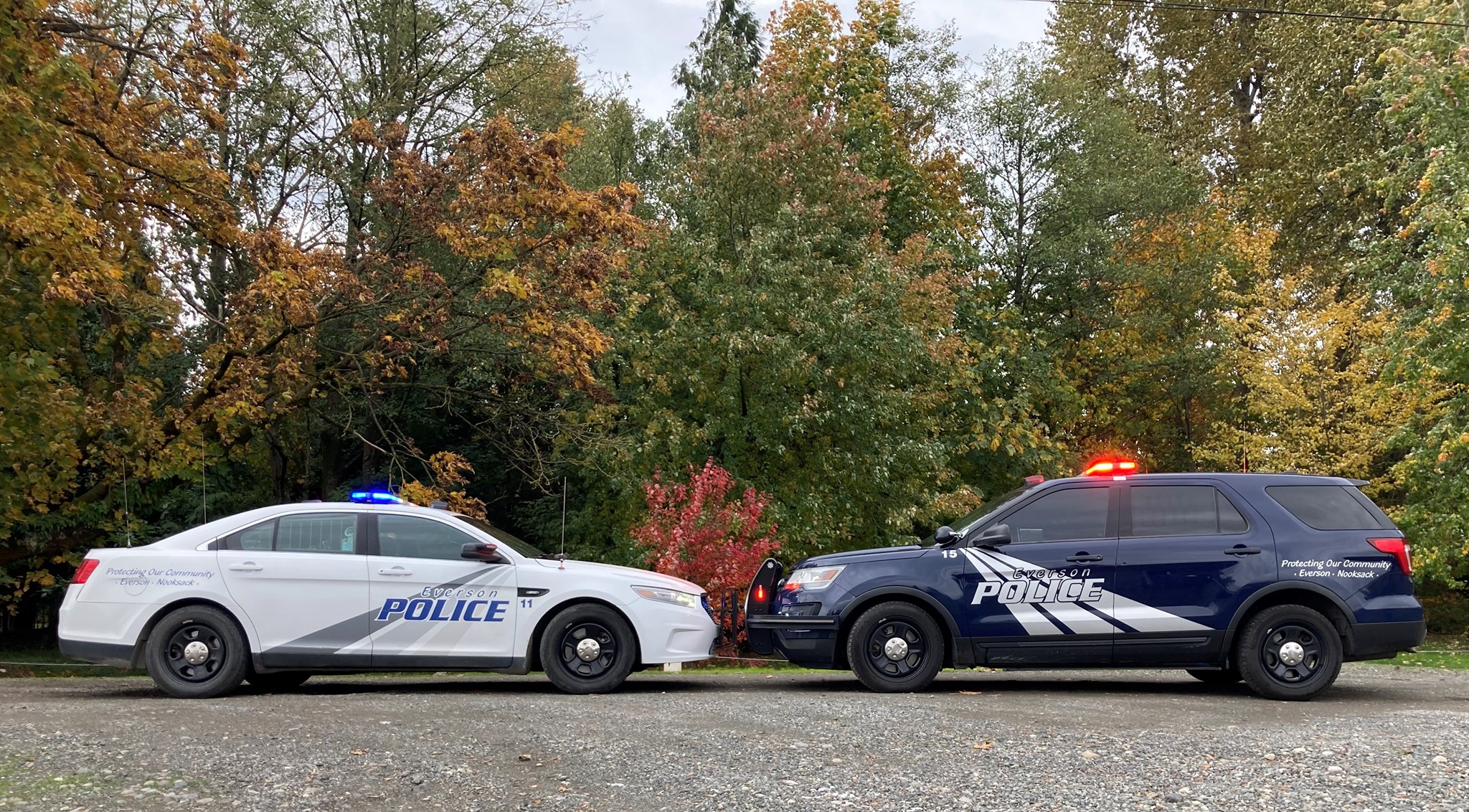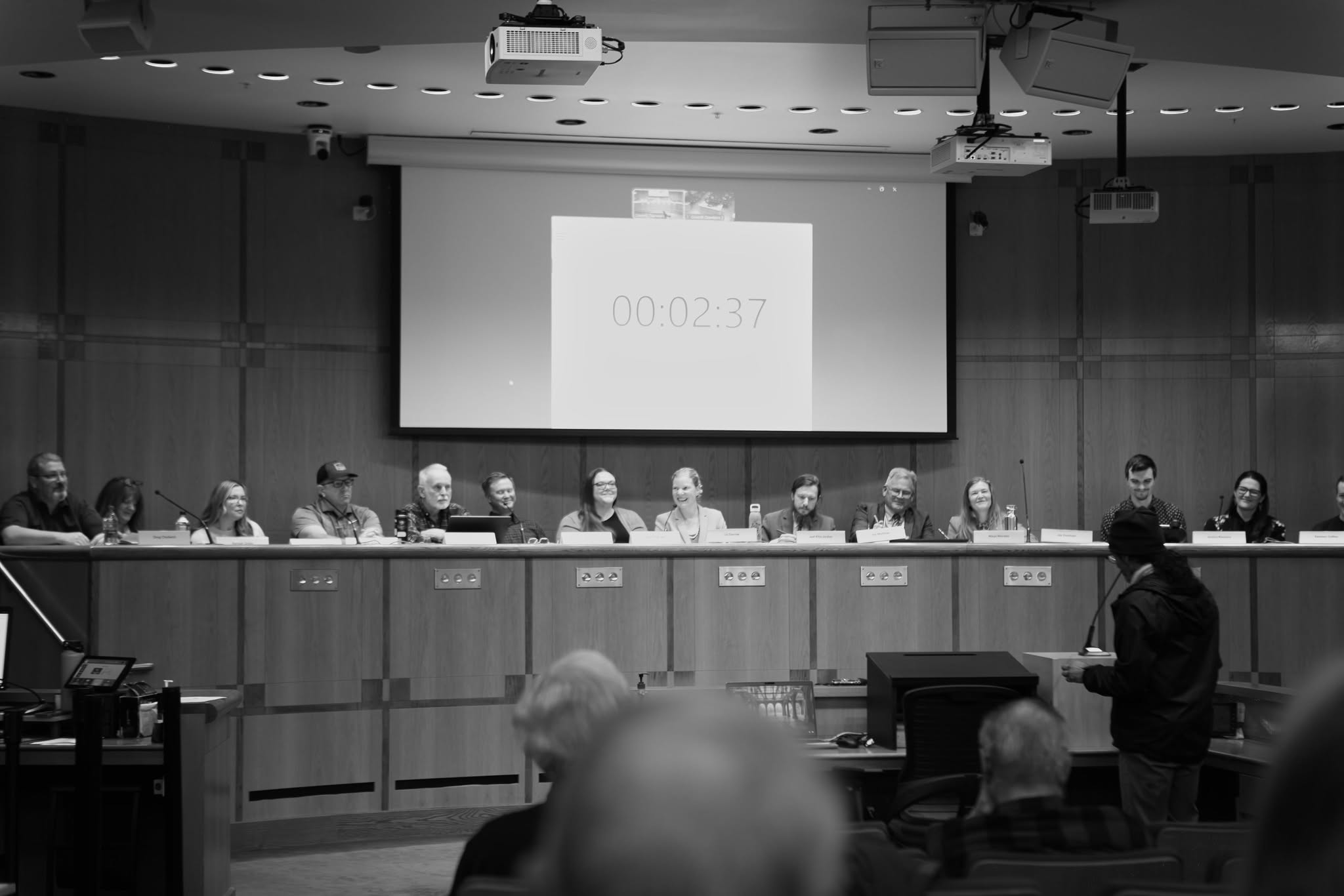BELLINGHAM, WASHINGTON – In a important topic, a new video by Earthly titled “The Cascadia Fault Is Ready To Rupture: A MEGA Earthquake Is Coming!” sheds light on one of the most alarming geological threats facing the Pacific Northwest. The video, which delves into the science behind the Cascadia Subduction Zone, has sparked much needed discussions about the region’s preparedness for a inevitable natural event.
The Geological Threat:
The Cascadia Subduction Zone, stretching from Northern Vancouver Island to Northern California, is described as a “ticking Time Bomb.” This fault line, locked for centuries due to immense tectonic stress, is expected to unleash a magnitude 9.0 earthquake, potentially followed by a devastating tsunami. Earthly’s video highlights that this isn’t just a possibility but an inevitability, given the fault’s history of generating mega thrust earthquakes approximately every 300 to 600 years, according to Seismosoc, PNSN with the last significant event occurring in 1700.
Other Studies say that the fault line experiences events evert 500-600 years according to sources such as Surveying Cascadia, GovTech, and with WA DNR saying Earthquakes along the Cascadia Subduction Zone occur approximately every 500 years on average. The most recent major earthquake struck in AD 1700, although such events can happen at intervals ranging from 200 to 1,000 years. Washington also faces a moderate risk of tsunamis generated from distant sources.
Komo News published a piece in 2018 stating that while partial eruptions of the cascade subduction zone and devastating tsunamis can happen every 300-500 years, a massive rupture along the entire length of the subduction zone happen every 1800 to 4500 years, or an average of 2500 years.
Predicting The Earthquake:
Modern technology like GPS monitoring and ocean bottom seismometers has allowed scientists to better understand the locked state of the Cascadia fault. This state of strain accumulation suggests that a sudden release could occur at any time. The video discusses how slow slip events might act as precursors, subtly altering stress distribution and potentially triggering a larger rupture.
Regions That Will Be Affected:
The video outlines that cities like Eugene, Portland, Tacoma, Seattle, Everett, Victoria, Bellingham, Ferndale, Blaine and Vancouver are at risk. The Federal Emergency Management Agency (FEMA) anticipates complete destruction west of Interstate 5, possibly affecting over 10 million people. The epicenter could be anywhere from Northern California to Central Oregon, with the southern segment being the most probable location for the next big quake.
Impacts and Consequences:
From structural collapses due to prolonged shaking to the wall of water expected to surge at speeds over 500 mph, the consequences of a Cascadia Mega Thrust Earthquake are serious. Coastal towns could see devastation unlike anything seen in modern times, with major cities possibly facing significant infrastructure failures on structures that were built before earthquake-proofing standards. The long-term effects include disrupted transportation, communication, and essential services, with recovery possibly taking decades.
Aftermath:
Post-disaster, the region’s landscape will be transformed. Recovery timelines for electricity, water, highways, and healthcare are projected in months to years, with coastal areas potentially uninhabitable for even longer. The economic repercussions could see major corporations relocating, which might permanently alter the region’s economic landscape.
Lessons from Other Disasters:
Comparisons to the 2011 Japan earthquake and tsunami highlight the importance of preparedness and the limitations even advanced countries face when dealing with mega disasters. The need for effective early warning systems and international cooperation is clear.
A Call to Action:
The video concludes with a important reminder that while the disaster is inevitable, the scale of its impact can be mitigated through proactive preparation. Investing in seismic safety, emergency measures, and public education is crucial.
Residents of the Pacific Northwest, especially those in Washington and Oregon, are encouraged to take this warning seriously. The time for preparation is now, to safeguard lives and ensure resilience against this looming threat.
For more information and to prepare, visit:
- [Federal Emergency Management Agency (FEMA) – Cascadia Subduction Zone](HERE)
- [Earthquake Preparedness Resources for Washington State](HERE)
Stay safe, stay informed.
Discover more from Bellingham Metro News
Subscribe to get the latest posts sent to your email.





